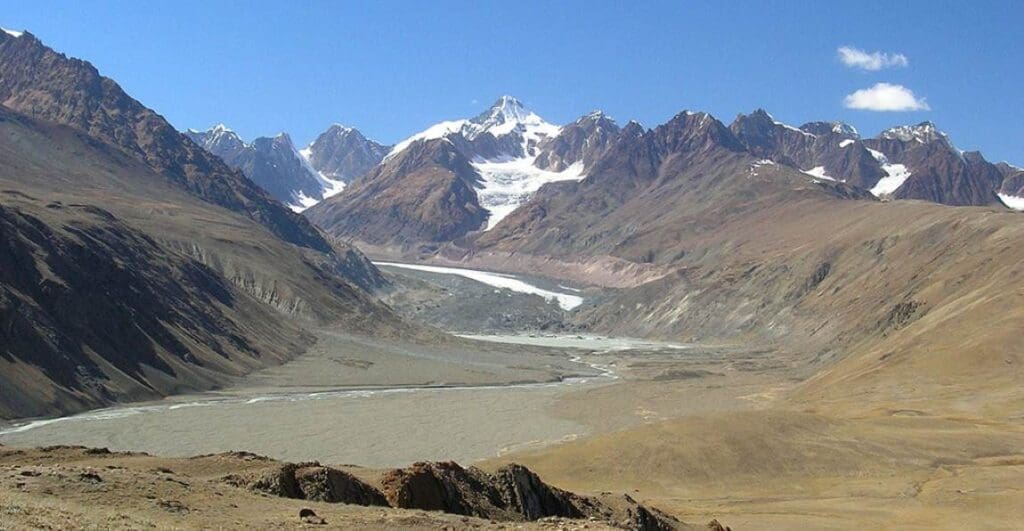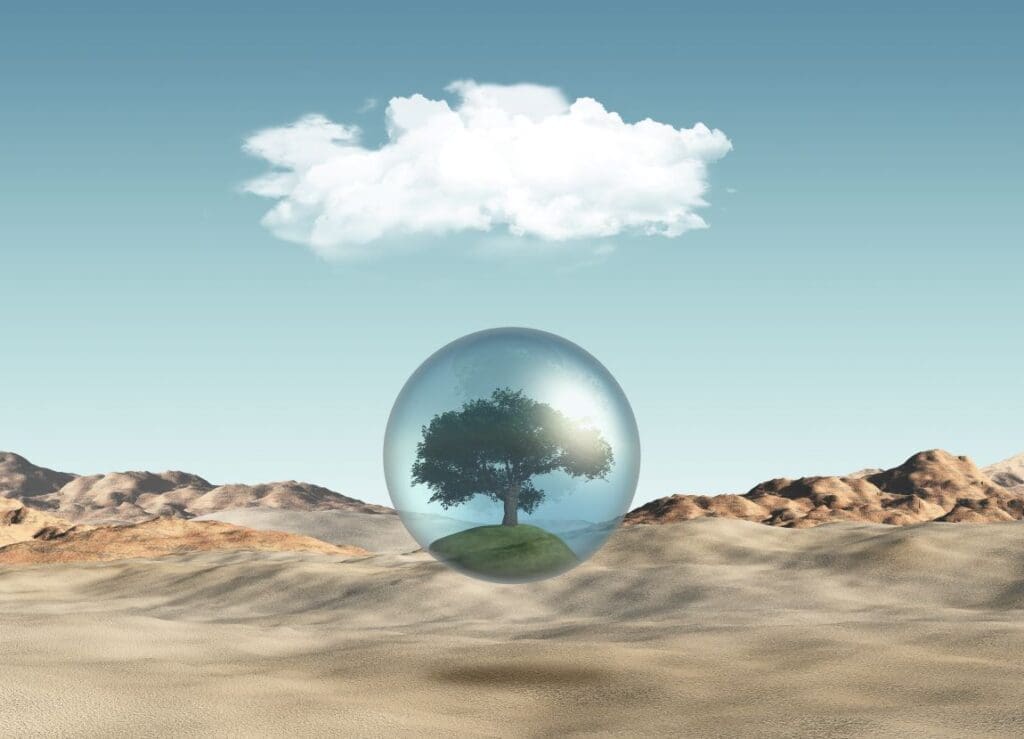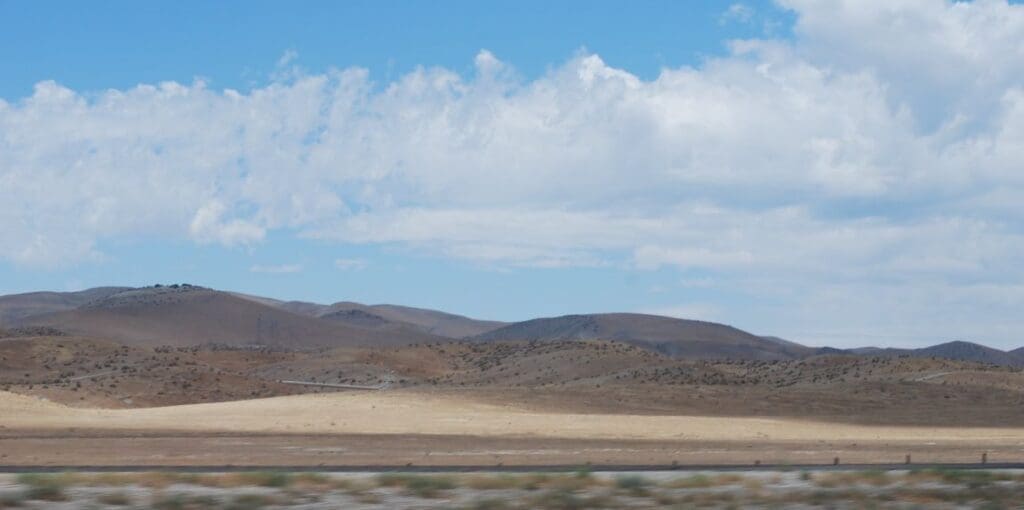Explore the latest insights from top science journals in the Muser Press daily roundup, featuring impactful research on climate change challenges.
In brief:
‘False’ springs, long summers mean uncertainty for NY grape growers
Warmer autumns and more “false” springs are disrupting the signals grapevines rely on to gain cold hardiness for the winter and blossom effectively in the spring, according to new research1 from Cornell University.
“In New York, we are right at the coldest edge that grapevines can tolerate, so as things get warmer, it’s great for the middle of winter, but it’s not great for the spring and fall, because it messes with the signaling grapes need,” said Jason Londo, associate professor of fruit crop physiology. “It sets us up for the potential for some years to be wonderful and others to have very heavy damage.”
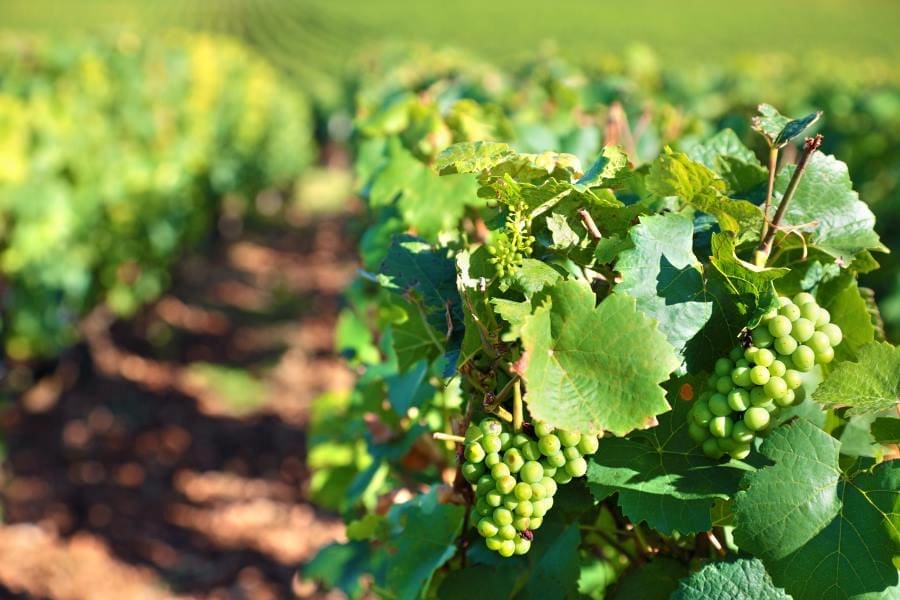
The researchers examined 31 grape varieties over three years, to understand which external signals and genetic pathways encourage grapevines to shed their winter defenses and develop buds in the spring. They found that wild grape varieties that have evolved to survive the deep cold of Northern winters are fastest to develop buds in the spring and most vulnerable to late bud-killing frosts. Hybrid commercial varieties bred with those wild cousins are almost as vulnerable.
Northern climates have a shorter summer growing window, so plants’ signaling pathways urge a quick wakeup when the weather warms, Londo said.
“This is kind of scary because for decades we’ve been breeding and planting grapes for deep midwinter hardiness, which brings along with it this trait of waking up early. But now our winters are getting warmer and more erratic, so those cultivars are more at risk for late frost damage,” he said. “We live in this very dynamic climatic region, and climate change is making it more dynamic.”
Another study2 published in October 2024, examined how grapevines gain their cold hardiness in the fall. As fall temperatures stay warmer longer, the researchers sought to understand whether drops in temperature or light were more important in signaling grapes to gain cold hardiness. They found that neither factor induced sufficient cold hardiness; far more important was temperature oscillation throughout the fall.
“We thought if you put vines at increasingly colder temperatures, they would gain resistance to cold, but we saw nothing,” Londo said. “But as soon as we let the temperatures bounce, they responded.”
For growers, the key adaptation in the face of climate change is planting diverse varieties, he said. Growers, particularly in warmer microclimates near lakes, might consider planting some more Southern varieties. Cold-hardy varieties should still stay in the mix, because a polar vortex in the winter could kill off less-hardy varieties.
“The safest thing is for growers to plant diverse cultivars so that year over year, you have better resilience,” Londo said.
For additional information, read this Cornell Chronicle story.
Journal Reference:
1. Jason P Londo, Al P Kovaleski, ‘Integrating cold hardiness and deacclimation resistance demonstrates a conserved response to chilling accumulation in grapevines’, Journal of Experimental Botany eraf045 (2025). DOI: 10.1093/jxb/eraf045
2. Wang, H., Kovaleski, A.P. & Londo, J.P., ‘Physiological and transcriptomic characterization of cold acclimation in endodormant grapevine under different temperature regimes’, Physiologia Plantarum 176 (6), e14607 (2024). DOI: 10.1111/ppl.14607
Article Source:
Press Release/Material by Krisy Gashler | Cornell University
Study by Montana State ecologist finds eastern monarch butterflies delaying fall migration
From 2003 to 2019, amateur butterfly enthusiast Harlan Radcliff spent his lunch breaks observing butterflies on the grounds of the Camp Dodge military installation in central Iowa.
Over those years, between the months of April and November, Radcliff meticulously recorded the dates, times, locations and numbers of the butterflies he spotted, creating a dataset that made it possible for a Montana State University ecologist to pinpoint how climate variations have affected the migratory patterns of Camp Dodge’s monarch butterfly population in the 21st century.
The results were published in the Journal of Animal Ecology.
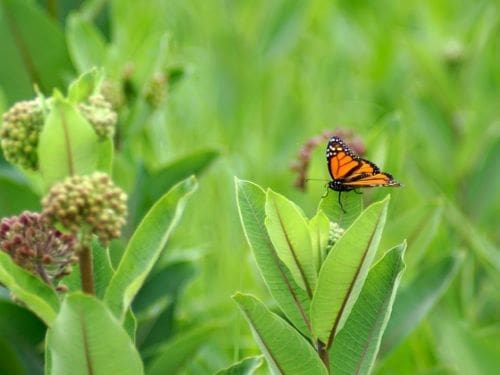
Diane Debinski, professor and head of MSU’s Department of Ecology in the College of Letters and Science, is the lead author of the paper, which details the findings of research she led at Camp Dodge in the core of the eastern monarchs’ summer breeding range.
The work was funded by the U.S. Department of Defense as part of a larger study of the effects of climate change on three ecologically significant species of butterflies that use DoD lands and whose populations are declining.
Debinski, one of four principal investigators for the project, led the study of eastern monarchs, who winter in Mexico and spend summers east of the Rockies. Monarch butterflies – including western monarchs, who winter in California and spend summers west of the Rockies – were recently proposed for listing as threatened under the Endangered Species Act.
The paper’s co-authors include three other butterfly ecologists: Elizabeth Crone of the University of California, Davis; Sonia Altizer of the University of Georgia; and Norah Warchola of Iowa State University.
Debinski said her team expected to find that environmental variation and climate change were affecting the phenology, or timing, of important events for the Camp Dodge monarch population, including arrival and departure dates and the timing of their peak summer abundance in the field.
“We wanted to look at phenology of butterflies and test whether it was shifting, and if it was, to ask how that might affect the viability of the populations over the long term,” she said.
Similarly, the team looked at phenological changes of the Camp Dodge monarchs’ host plant, common milkweed, where females lay their eggs, and which serve as a major source of food for the camp’s population of monarch caterpillars. The researchers wanted to know whether any phenological changes in the milkweed were occurring in tandem with those of the butterflies.
“If one shifts and the other doesn’t, you could have a situation called asynchrony, where the butterflies arrive and the milkweed isn’t growing yet, or maybe the plant has grown too early and dried out,” Debinski explained. For historic information about Midwestern milkweed growth, the researchers consulted data kept by herbariums in Iowa, Minnesota and Wisconsin.
The field component of the study was done in 2020. Monarch eggs were placed on milkweed plants at staggered intervals to assess whether a shift in monarch spring arrival times – if one existed – affected how the larvae developed. One group was placed two weeks earlier than the monarchs’ historic recorded arrival date, another at the expected date, and a third about two weeks later than usual.
The researchers designed the test according to the effect they expected to see: an earlier spring arrival date of the monarchs at Camp Dodge. Instead, Debinski said, they found that the timing of the monarchs’ arrival had not changed but that by 2019, the butterflies were staying for nine days longer in the fall than they had in 2003. The observed shift for milkweed was similar, with the plant blooming later into the season, also by about nine days.
“What we saw was that milkweed herbarium specimens were collected later over time, indicating that they were blooming longer over time, and monarchs were in the field as adults longer over time, which means that the fall season was actually indicating a change,” Debinski said. “This means that we need to look more at the phenology of the fall season, given that it could have implications for population dynamics over time. A longer season could have benefits, and it could also have costs.”
The costs could include longer exposure for the insects to predators or parasites, or the creation of what ecologists call a “development trap,” which occurs when a new generation embarks on a phase of seasonal development that it doesn’t have time to complete. For example, eggs could be laid so late that they are unable to develop into adults, or adults could emerge from their chrysalises when conditions are no longer suitable for fall migration.
Though the field survey showed that monarch arrival times did not change between 2003 and 2019, the experiment indicated that such a change would be costly. In the Camp Dodge experiment, early-season larval survival was higher when the timing of the hatch matched that of the natural monarchs, while survival was lowest when egg hatching shifted two weeks earlier.
That finding might be relevant for monarch populations in other areas of the eastern range, Debinski said, especially if the species of milkweed they depend on is undergoing different phenological shifts than common milkweed.
Though Radcliff, the enthusiast who gathered the original Camp Dodge data, has since passed away, Debinski said the legacy of the notes he kept for 17 seasons were “an amazing gift” to the study, which also revealed that monarch population growth at Camp Dodge declined between 2003 and 2019 – a finding consistent with U.S. Fish and Wildlife Service statistics showing significant decline over past decades.
“Discussions about phenology often exclude migratory butterflies, because they experience climates in multiple places,” she said. “Our research showed that even migratory species can show shifts in phenology. The more information we have about phenology, population sizes and population growth rates, the better we will be able to conserve monarch butterflies and many other species of conservation concern.”
Journal Reference:
Debinski, D. M., Warchola, N., Altizer, S., & Crone, E. E., ‘Implications of summer breeding phenology on demography of monarch butterflies’, Journal of Animal Ecology 00, 1–11 (2025). DOI: 10.1111/1365-2656.70004
Article Source:
Press Release/Material by Diana Setterberg | Montana State University
Why ‘leaky’ plants could accelerate climate change
Plants play a key role in regulating Earth’s climate, but recent research suggests that rising temperatures could disrupt this balance, because plants are leaking more water than previously thought.
UBC assistant professor Dr. Sean Michaletz, a newly minted Sloan Research Fellow in the department of botany, studies how plants respond to heat. His findings challenge a long-standing assumption about plant water loss and could change how climate models predict future warming.
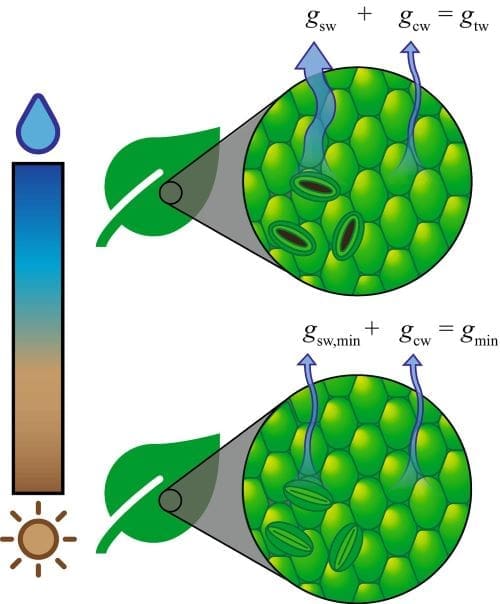
What do “leaky” plants have to do with climate change?
“Our entire biosphere depends on plants. During photosynthesis, plants absorb carbon dioxide through tiny pores in their leaves and, using light, ‘breathe out’ water vapour and oxygen in an exchange. Since carbon dioxide is the main driver of global warming, understanding how temperature affects this process is crucial for predicting climate change.
“It was previously thought that plants lose most of their water through their pores, which close in extreme heat to conserve water. But our research found that as temperatures rise, plants lose more water through their cuticle – the waxy layer on their leaves, which cannot close – than through their pores. The thinner the cuticle, the greater the water loss.
“This means that in extreme heat, plants continue losing water but cannot take in carbon dioxide, limiting photosynthesis and reducing their role as a carbon sink. In extreme temperatures, they could even become carbon sources, accelerating climate change.
“My back-of-the-envelope calculation suggests that a medium-sized leaf exposed to 50 °C could lose about one-third of a teaspoon of water per day through the cuticle. Scaled up to entire forests, this could alter global water and carbon cycles — an impact that our current climate change models may underestimate.“
How hot is too hot?
“In another study of 200 plant species in Vancouver, we found that photosynthesis starts to break down between 40 and 51 °C. During the 2021 heat dome, temperatures soared to 49.6 °C, pushing plants to their limits.
“Our ongoing research suggests that 60 °C may be the highest temperature plants can survive – beyond this point, proteins break down, leading to cell injury and death. Only a few desert and tropical species have ever been observed surviving at such extreme temperatures.
“Globally, researchers are working to determine the “tipping point” where Earth’s vegetation releases more carbon dioxide than it absorbs, switching from a carbon sink to a carbon source. Our estimates suggest this could happen around 30 °C, though key uncertainties remain – especially how microclimates and water availability affect photosynthesis under extreme heat.
“With global temperatures already averaging 16°C, understanding these limits is critical for predicting climate feedback loops and the future of Earth’s ecosystems in a warming world.
What can we learn from human-made biospheres?
“As a postdoctoral fellow, I worked at Biosphere 2, a research facility originally designed as a self-sustaining, closed ecological system. Researchers, called biospherians, were sealed inside for a planned two-year experiment to test whether humans could survive without external oxygen or supplies.
“The goal was to test this concept on Earth, with the idea of sending such domes into space someday. However, the experiment faced unexpected challenges: concrete curing led to a carbon dioxide buildup, while prolonged isolation triggered social and psychological stress among the biospherians.
“Biosphere 2 later transitioned into a research and public education centre, where I studied how high temperatures affect plants in its experimental rainforest.
“Plants have survived climate shifts for hundreds of millions of years, but all species face upper limits set by the laws of physics. While some plants can tolerate higher temperatures better than others, the precise breaking point – and how soon plants might reach it – remains uncertain. But based on recent measurements, we may be closer than we think.”
Journal Reference:
Garen, J.C. and Michaletz, S.T., ‘Temperature governs the relative contributions of cuticle and stomata to leaf minimum conductance’, New Phytologist 245: 1911-1923 (2025). DOI: 10.1111/nph.20346
Article Source:
Press Release/Material by Alex Walls | University of British Columbia
Featured image credit: Gerd Altmann | Pixabay


